
The Church of Ireland is a Christian church in Ireland, and an autonomous province of the Anglican Communion. It is organised on an all-Ireland basis and is the second-largest Christian church on the island after the Roman Catholic Church. Like other Anglican churches, it has retained elements of pre-Reformation practice, notably its episcopal polity, while rejecting the primacy of the pope.
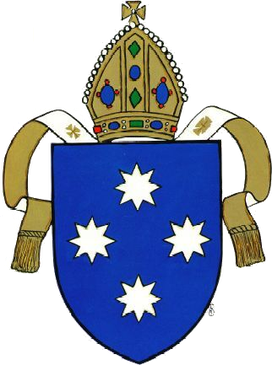
The Diocese of Sydney is a diocese in Sydney, within the Province of New South Wales of the Anglican Church of Australia. The majority of the diocese is evangelical and low church in tradition.
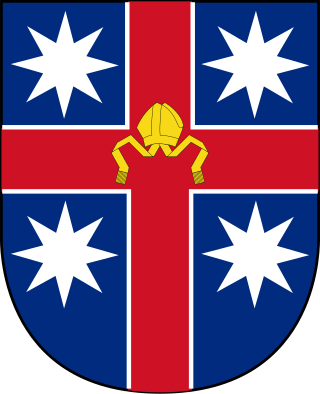
The Anglican Church of Australia, originally known as the Church of England in Australia and Tasmania, is a Christian church in Australia and an autonomous church of the worldwide Anglican Communion. It is the second largest church in Australia after the Roman Catholic Church.
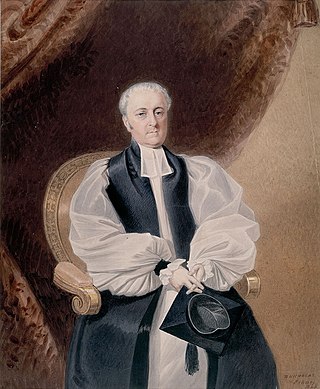
William Grant Broughton was a British Anglican bishop. He was the first Bishop of Australia of the Church of England. The then Diocese of Australia has become the Anglican Church of Australia and is divided into twenty three dioceses.

The Anglican Church of Papua New Guinea is a province of the Anglican Communion. It was created in 1977 when the Province of Papua New Guinea became independent from the Province of Queensland in the Church of England in Australia following Papua New Guinea's independence in 1975.
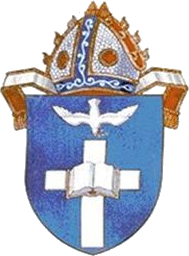
The Anglican Diocese of Armidale is a diocese of the Anglican Church of Australia located in the state of New South Wales. As the Diocese of Grafton and Armidale, it was created by letters patent in 1863. When the Anglican Diocese of Grafton was split off in 1914, the remaining portion was renamed Armidale, retaining its legal continuity and its incumbent bishop.
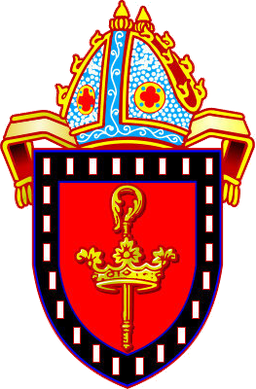
The Anglican Diocese of Newcastle in Australia is a diocese of the Anglican Church of Australia. The diocese is located in the state of New South Wales. It is centred in the city of Newcastle and extends along the state's coast from Woy Woy to Laurieton and inland to Merriwa and Murrurundi.

The Anglican Diocese of Brisbane, also known as Anglican Church Southern Queensland, is based in Brisbane, Queensland, Australia. The diocesan bishop's seat is at St John's Cathedral, Brisbane. The diocese stretches from the south-eastern coastline of Queensland, down to the New South Wales border and west to the Northern Territory and South Australian borders. The diocese currently markets itself as "Anglican Church Southern Queensland" (ACSQ). The "Anglicare Southern Queensland" brand is also heavily promoted by the diocese.
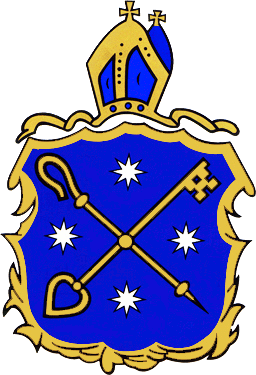
The Anglican Diocese of Tasmania includes the entire Tasmanian state of Australia and is an extraprovincial diocese of the Anglican Church of Australia.
The Anglican realignment is a movement among some Anglicans to align themselves under new or alternative oversight within or outside the Anglican Communion. This movement is primarily active in parts of the Episcopal Church in the United States and the Anglican Church of Canada. Two of the major events that contributed to the movement were the 2002 decision of the Diocese of New Westminster in Canada to authorise a rite of blessing for same-sex unions, and the nomination of two openly gay priests in 2003 to become bishops. Jeffrey John, an openly gay priest with a long-time partner, was appointed to be the next Bishop of Reading in the Church of England and the General Convention of the Episcopal Church ratified the election of Gene Robinson, an openly gay non-celibate man, as Bishop of New Hampshire. Jeffrey John ultimately declined the appointment due to pressure.

The Episcopal Diocese of Haiti is the Anglican Communion diocese consisting of the entire territory of Haiti. It is part of Province 2 of the Episcopal Church in the United States of America. Its cathedral, Holy Trinity located in the corner of Ave. Mgr. Guilloux & Rue Pavée in downtown Port-au-Prince, has been destroyed six times, including in the 2010 Haiti earthquake.

Kay Maree Goldsworthy is an Australian bishop of the Anglican Church of Australia. She is the current archbishop of Perth in the Province of Western Australia. Upon her installation as archbishop, on 10 February 2018, she became the first female archbishop in the Anglican Church of Australia. Previously, she served as diocesan bishop of the Diocese of Gippsland in the south-eastern Australian state of Victoria.

The Diocese of St Mark the Evangelist is a diocese in the Anglican Church of Southern Africa, in the geographical area of the Limpopo province in the north of South Africa.
Anglican Retirement Villages, Diocese of Sydney (ARV) was a not-for-profit public benevolent institution formed in 1959. This inception date places ARV as one of the founding entities of the social service now referred to as retirement or seniors living. ARV retained its distinctive Christian and social credentials, and served some 6000 people across community care, independent living and assisted living services. ARV merged with Anglicare Sydney in 2016.
The ordination of women in the Anglican Diocese of Sydney is restricted to the diaconate. The diocese rejects the ordination of women as priests and bishops.

The ordination of women in the Anglican Communion has been increasingly common in certain provinces since the 1970s. Several provinces, however, and certain dioceses within otherwise ordaining provinces, continue to ordain only men. Disputes over the ordination of women have contributed to the establishment and growth of progressive tendencies, such as the Anglican realignment and Continuing Anglican movements.
Anglican education in Australia refers to the education services provided by the Anglican Church of Australia within the Australian education system. Since the late 18th century, the Anglican Church has been an important provider of education services within Australia. There are around 145 Anglican schools in Australia, providing for more than 105,000 children.

Kanishka de Silva Raffel is a British-born Australian Anglican bishop of Sri Lankan descent, who has served as the Anglican Archbishop of Sydney since 28 May 2021. He previously served as the 12th Dean of St Andrew's Cathedral, Sydney from 4 February 2016 until his installation as archbishop.
Anglican Youthworks is an Australian Christian not-for-profit organisation based in Sydney. Youthworks oversees three divisions, each of which contributes to the organisation's mission: to support the teaching of the gospel in schools and churches, particularly to families. It was formed in 1998, to avoid duplication of resources, by merging the Diocese of Sydney's Anglican Youth Department with the Anglican Education Commission:(
Dianne Dialecti "Di" Nicolios is a retired Australian Anglican priest. She was the first woman appointed Archdeacon for Women's Ministries in the Anglican Diocese of Sydney. She held that position from January 1994 to May 2002. She was also one of the first group of 14 women to be ordained a deacon in 1989 in the Sydney diocese.














